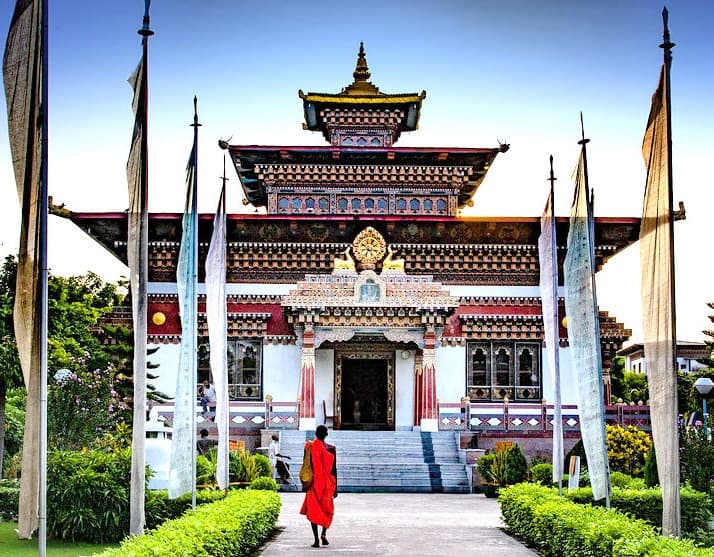Planning a visit to the sacred sites of Mount Kailash and Manasarovar Lake requires thoughtful consideration of the best travel times to ensure a fulfilling and safe pilgrimage. The best time to visit Mount Kailash and its serene counterpart, Manasarovar Lake, is during the Mount Kailash trekking seasons from May to September. These optimal months for Kailash visit offer the best weather for Kailash Yatra, characterized by stable and warmer conditions ideal for trekking. During these months, the weather in Manasarovar Lake and the surrounding regions is most conducive, with minimal rain and clear skies, enhancing the spiritual and physical experience of the journey. Whether planning a deep spiritual retreat or a scenic trek, knowing these key travel times can greatly impact the quality and safety of your spiritual journey to Kailash Manasarovar.
At Druk Holidays, we pride ourselves on being the premier guide for those seeking the ultimate pilgrimage to the sacred Mount Kailash and Manasarovar Lake. Understanding the best time to visit Mount Kailash and its spiritual sister, Manasarovar Lake, is crucial for an enriching experience, and we specialize in navigating the Mount Kailash trekking seasons. Our expert planning ensures that you visit during the optimal months for Kailash visit, from May through September, when the weather in Manasarovar Lake and Mount Kailash is most favorable. With Druk Holidays, embark on your spiritual journey to Kailash Manasarovar with the confidence that every detail is tailored to provide the safest, most profound experience during the best weather for Kailash Yatra. Trust us to guide you through these sacred landscapes at the ideal times for spiritual reflection and trekking excellence.
Optimal Weather Conditions
Visiting Mount Kailash and Manasarovar Lake requires careful timing to ensure the most favorable weather conditions for trekking and spiritual activities. The region's unique climate demands respect, as weather greatly influences both the accessibility and the experience of these sacred sites. Here, we outline the key points that highlight why choosing the optimal weather conditions is crucial for anyone planning this significant journey.
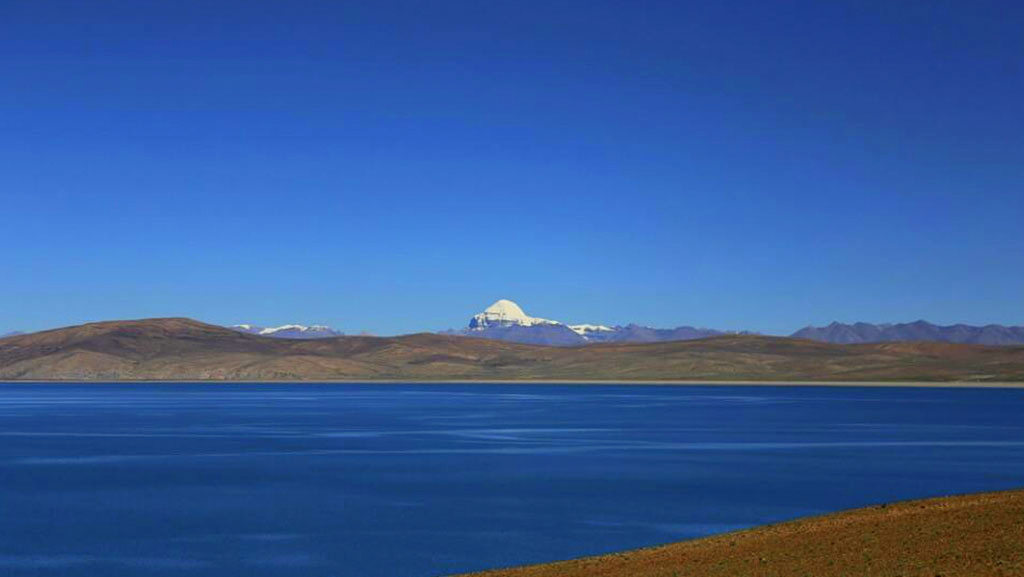
- Stable Temperatures: The months from May through September offer the most stable and warm temperatures, crucial for managing the physically demanding treks around Mount Kailash and Manasarovar Lake.
- Minimal Rainfall: By traveling during these months, especially May, June, and September, you avoid the monsoon season, which can lead to unexpected downpours and trail disruptions.
- Clearer Trails: Less rainfall and stable weather result in clearer and safer trails, which is vital for navigating the rugged terrain around these high-altitude sites.
- Better Visibility: Clear skies are more common during these optimal months, offering breathtaking views of the holy mountain and the serene lake, enhancing the spiritual and visual experience of the pilgrimage.
- Warmer Nights: While nights remain cool, they are significantly warmer compared to other times of the year, which is essential for rest and recovery during the trek.
- Reduced Risk of Snow: Traveling during the optimal months lowers the risk of encountering snowfall, which can block mountain passes and complicate trekking routes.
- More Enjoyable Pilgrimage: Overall, the favorable weather conditions during these months contribute to a more comfortable and enjoyable pilgrimage, allowing travelers to focus more on their spiritual experience and less on battling the elements.
Choosing the right time to visit Mount Kailash and Manasarovar Lake, when the weather is most supportive, not only ensures a safer trek but also enriches the spiritual journey, making each step in this sacred landscape both awe-inspiring and profoundly fulfilling.
Reduced Rainfall
Visiting Mount Kailash and Manasarovar Lake during periods of reduced rainfall can significantly enhance the experience, ensuring that the trek is both safer and more enjoyable. Here’s why planning your visit during the months with minimal precipitation is crucial:
- Easier Trekking Conditions: Reduced rainfall translates to less slippery and muddy trails. This makes trekking not only easier but also safer, especially on the steep and rugged paths around Mount Kailash.
- Lower Risk of Trail Blockages: Heavy rains can cause landslides and trail blockages, which are less frequent during the drier months. This ensures a smoother and uninterrupted pilgrimage journey.
- Enhanced Visibility: Less cloud cover and absence of rain improve visibility, allowing pilgrims and trekkers to fully appreciate the stunning landscapes and sacred vistas of Mount Kailash and Manasarovar Lake.
- More Comfortable Camping: For those who camp during their pilgrimage, reduced rainfall means drier and more comfortable camping conditions at night.
- Predictable Weather Patterns: Traveling during the drier months offers more predictable weather, allowing better planning and preparation for the days ahead on your spiritual journey.
- Preserved Trails: Less rain helps maintain the integrity of the natural trails, preserving them from erosion and degradation, which can be accelerated by heavy and frequent rainfall.
- Optimal Spiritual Experience: With fewer disruptions due to weather, pilgrims can focus more on the spiritual aspects of their journey, engaging more deeply with the rituals and meditations that form the essence of the Kailash and Manasarovar pilgrimage.
Planning your visit when rainfall is at a minimum is key to a fulfilling pilgrimage, combining spiritual depth with the joys of a challenging trek through one of the world’s most revered landscapes.
Cultural and Spiritual Festivals
Visiting Mount Kailash and Manasarovar Lake during key cultural and spiritual festivals can transform a simple pilgrimage into a profound, communal, and enriching experience. These festivals, deeply rooted in Tibetan Buddhism and local traditions, offer a unique glimpse into the spiritual practices and celebrations that have been carried out for centuries. Here’s why aligning your visit with these festivals is so special:
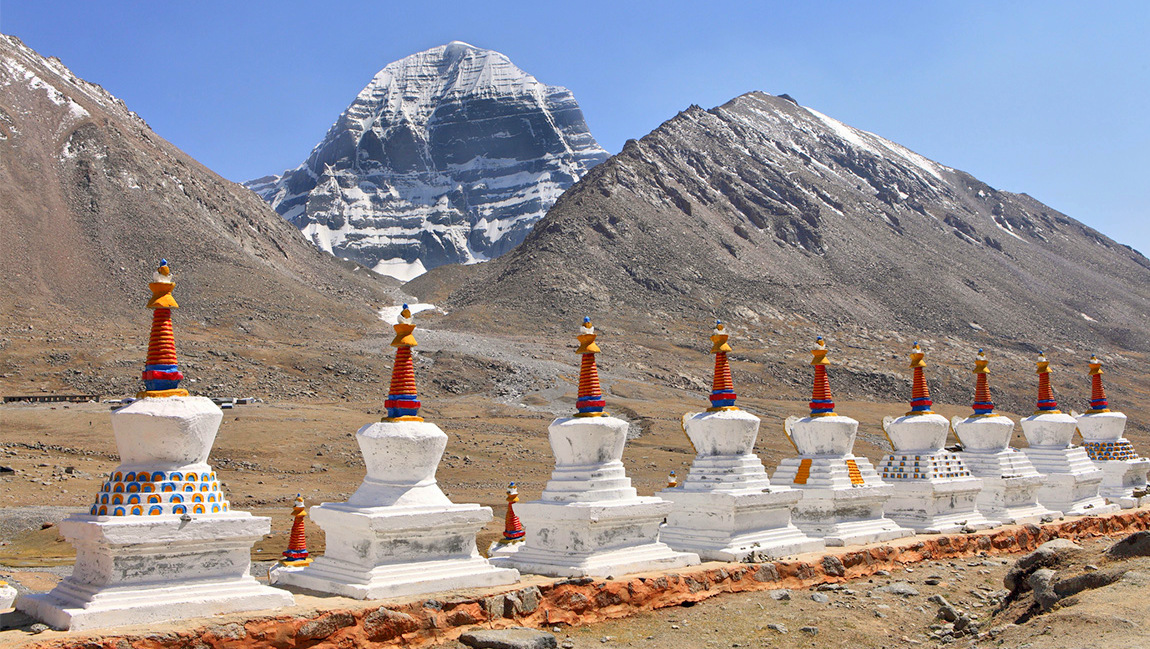
- Saga Dawa Festival: Celebrated on the full moon day of the fourth lunar month (usually in May or June), this festival honors the birth, enlightenment, and parinirvana (death) of Buddha. It is one of the most sacred times to visit, as pilgrims perform rituals and prayers that amplify the spiritual atmosphere.
- Kailash Kora: While not a festival in the traditional sense, undertaking the Kailash Kora during auspicious days according to the Tibetan lunar calendar can be a spiritual festival in itself. Pilgrims walk the 52 km circuit around Mount Kailash, a ritual believed to bring good fortune and cleanse sins.
- Monlam Prayer Festival: Though primarily celebrated in Lhasa, its influence reaches the Kailash region. Pilgrims focus on prayers and scriptural studies, and visiting during this time infuses the journey with a sense of spiritual depth and community prayer.
- Chökor Duchen: This festival commemorates the first teaching of Buddha and is another auspicious time for pilgrimage. It is marked by prayer flags being hoisted and extensive prayers being offered, adding to the sacredness of the surroundings.
- Local Shamanistic Rituals: In addition to Buddhist practices, the region is also home to ancient Bon traditions, where local shamans perform rituals that predate Buddhism. Observing or participating in these can provide a broader understanding of the area’s spiritual heritage.
- Environmental Conservation Efforts: Many spiritual gatherings now also include activities focused on preserving the natural environment of these sacred sites, emphasizing the interconnection of spirituality and environmental stewardship.
- Cultural Exchange: These festivals are a time for significant cultural exchange; pilgrims from various countries and cultures come together, sharing experiences and stories, enriching each other’s spiritual journey.
Aligning your visit with these cultural and spiritual festivals not only deepens the religious significance of the pilgrimage but also enhances the communal and multicultural aspects, making for a truly unforgettable experience.
Quieter Paths
Mount Kailash and Manasarovar Lake during quieter periods can significantly enhance your pilgrimage, providing a more intimate and contemplative experience. Here’s why planning your trek during less crowded times is beneficial:
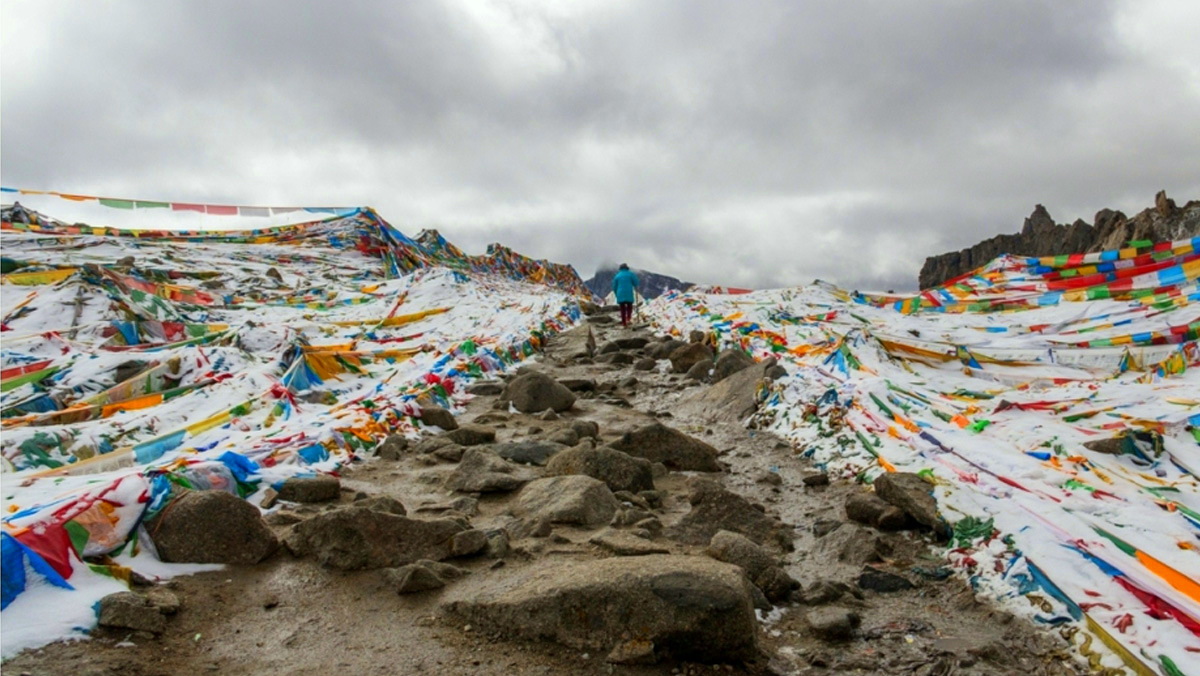
- Personal Reflection: With fewer travelers on the paths, you’ll find more opportunities for quiet reflection and personal meditation. This solitude can deepen your spiritual connection to the sacred sites.
- Enhanced Interaction with Nature: Quieter paths mean you can better appreciate the natural beauty of the region without the distraction of large groups. The serene environment allows you to connect more deeply with the landscapes that hold so much cultural and spiritual significance.
- Easier Access to Ritual Sites: Key ritual sites along the trek routes become more accessible when fewer pilgrims are present. This means you can spend more time at these sites, engage in rituals without hurry, and fully absorb the spiritual energy they offer.
- Increased Wildlife Sightings: With fewer people around, wildlife in the area tends to be less elusive. You might catch glimpses of native species that are usually hidden, adding a unique aspect to your pilgrimage.
- More Personalized Guidance: If you’re traveling with a guide or as part of a small group, quieter paths allow for more personalized attention and detailed explanations about the cultural and spiritual history of the area.
- Flexible Itinerary: With less crowd congestion, it’s easier to modify your itinerary on the go based on weather conditions, physical ability, or spiritual interests, which can make your journey more adaptable and enjoyable.
- Deeper Cultural Immersion: Fewer tourists mean more genuine interactions with local pilgrims and residents. These interactions can provide deeper insights into the local customs and spiritual practices, enriching your understanding and experience.
Visiting during quieter times, such as late September, not only ensures a more peaceful journey but also transforms the pilgrimage into a deeply personal exploration of Mount Kailash and Manasarovar Lake. This approach allows you to experience these revered sites in a manner that is focused, serene, and profoundly spiritual.
Ideal Trekking Conditions
For those planning a pilgrimage or trek to the spiritual heights of Mount Kailash and the serene Manasarovar Lake, choosing the right time for ideal trekking conditions is crucial. Here’s a closer look at what constitutes the perfect trekking environment and how to make the most of your journey:
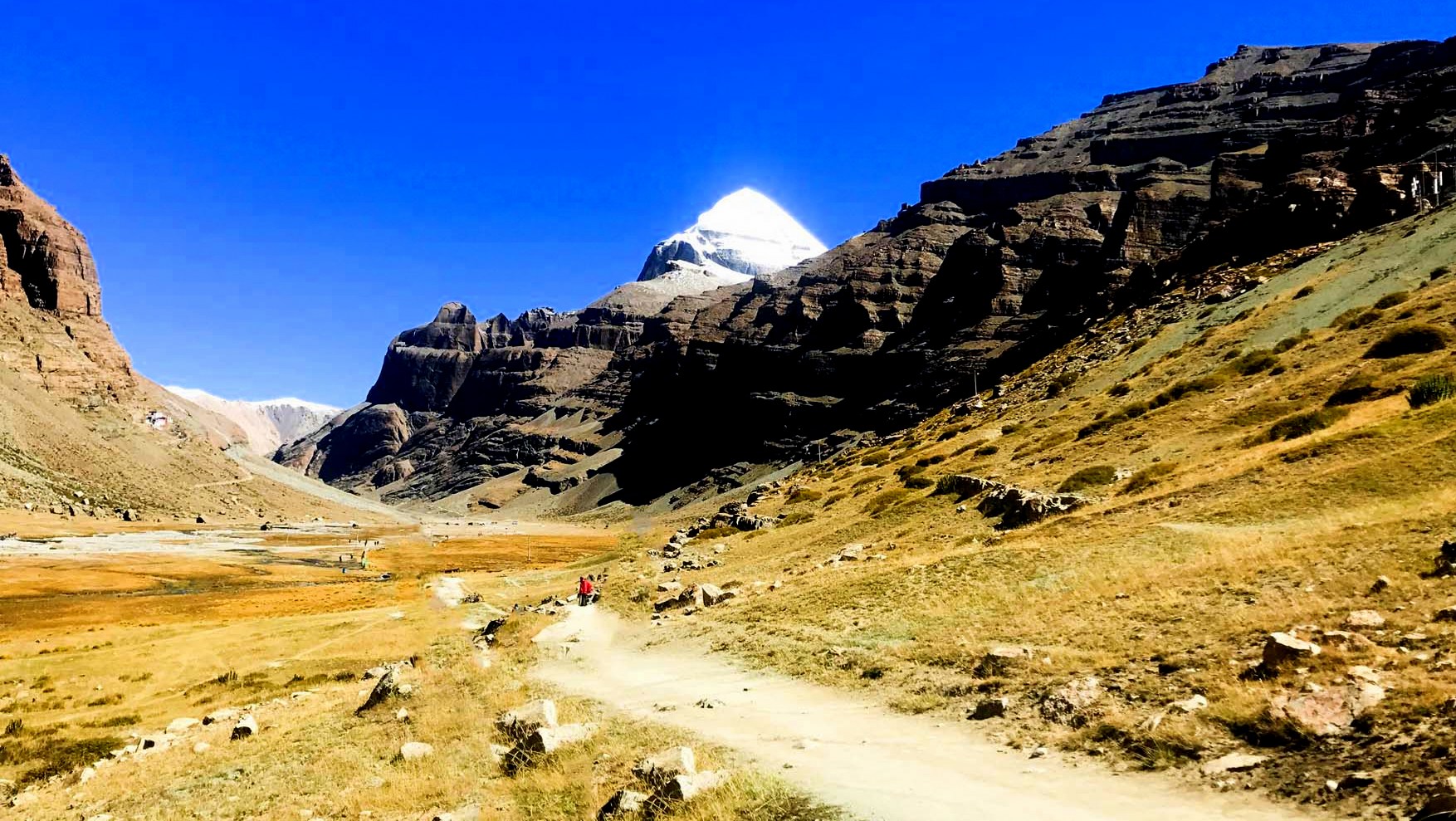
- Stable Weather: The months from May to September typically offer the most stable weather conditions. During this time, the region experiences minimal rainfall and moderate temperatures, creating ideal conditions for trekking.
- Temperature Balance: During the peak season, daytime temperatures are comfortably warm, which is vital for long hours of trekking. Similarly, night temperatures, while cooler, are manageable with proper gear, ensuring a good rest for the next day’s journey.
- Clear Trails: With less precipitation, the trails remain clear and dry, reducing the risks of slips and falls. This is particularly important in a rugged, mountainous terrain like that around Mount Kailash.
- Optimal Daylight: Longer daylight hours during the summer months provide more time for trekking each day, allowing for a relaxed pace with ample time to appreciate the stunning landscapes and partake in spiritual practices.
- Reduced Altitude Sickness: Trekking during these months also coincides with a period of gradual acclimatization to the high altitudes, especially important for those coming from lower elevations. This gradual adaptation helps reduce the chances of altitude sickness.
- Visual Splendor: Ideal trekking conditions also mean better visibility, ensuring that trekkers can fully enjoy the panoramic views of the sacred mountain and the crystal-clear waters of Manasarovar Lake without the obstruction of fog or rain clouds.
- Safer Experience: Overall, the combination of stable weather, clear trails, and comfortable temperatures contribute to a safer trekking experience, allowing pilgrims and adventure seekers to focus on the spiritual and cultural significance of their journey without undue concern for physical safety.
Planning your visit during the optimal trekking season ensures not only a physically comfortable trek but also enhances the spiritual and emotional fulfillment of this once-in-a-lifetime pilgrimage to one of the most sacred sites in the world.
Enhanced Scenery
Experiencing the enhanced scenery during the optimal months to visit Mount Kailash and Manasarovar Lake can significantly elevate the quality of your pilgrimage or trek. Here’s why the scenery during these times is not just good, but spectacular:
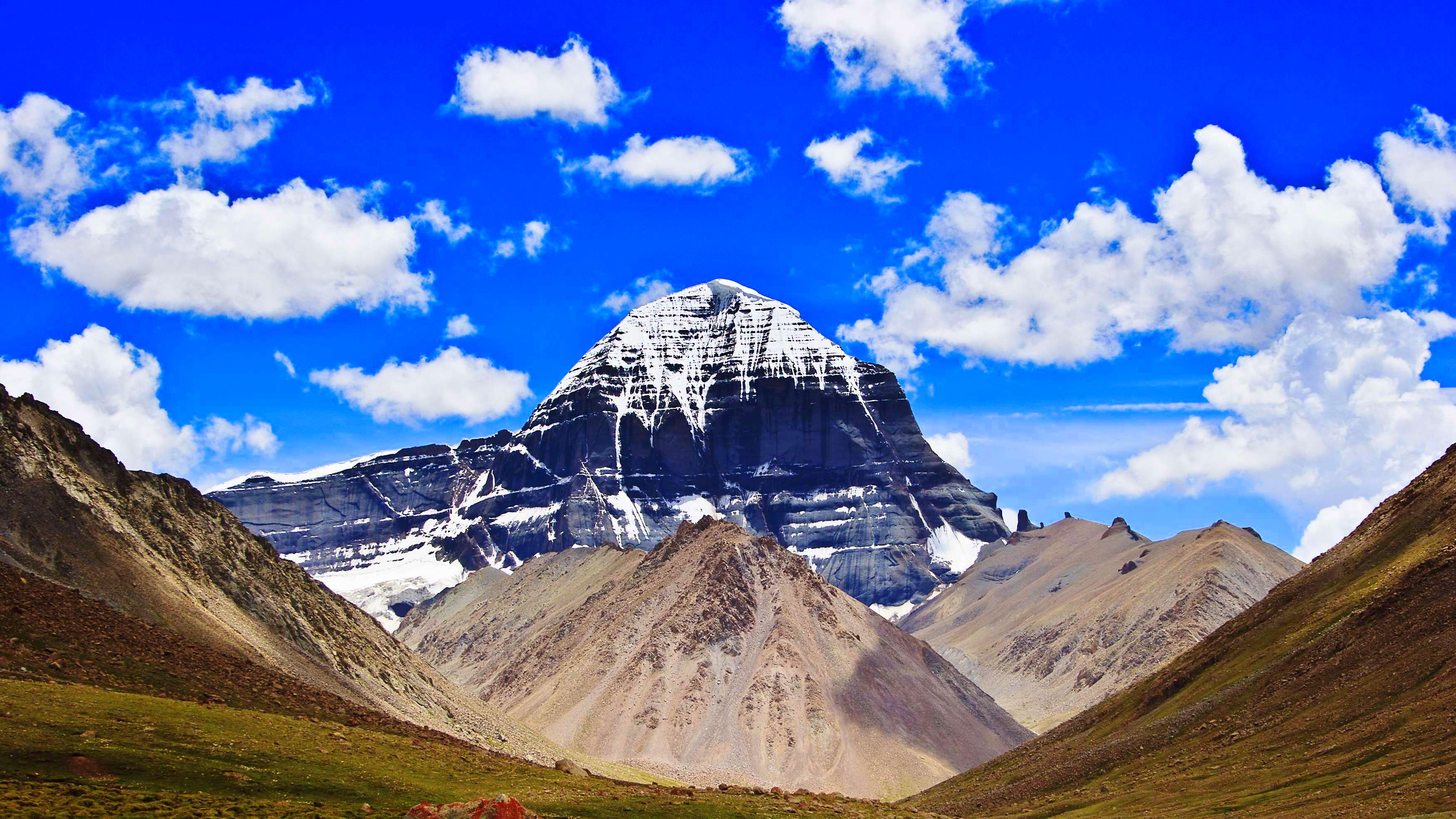
- Vivid Landscapes: The clearer skies from May to September provide unobstructed views of Mount Kailash’s snow-capped peak and the reflective blue waters of Manasarovar Lake. The visibility enhances the vividness of the landscapes, making every view postcard-perfect.
- Flora in Full Bloom: During the warmer months, the area around Mount Kailash and along the trekking routes blooms with a variety of high-altitude flora. Wildflowers add dashes of color against the stark mountain backgrounds, creating a picturesque setting for trekkers.
- Dynamic Skies: The monsoon retreat and the onset of clear weather bring dynamic and dramatic skies, offering breathtaking sunrises and sunsets that paint the Himalayas in incredible hues.
- Reflections on the Lake: Manasarovar Lake, known for its spiritual significance, is especially tranquil during the optimal trekking months. The calm waters reflect the clear skies and the surrounding peaks, adding a mystical quality to the lake’s already serene presence.
- Crisp Air: The air is fresher and clearer after the monsoon, enhancing not only the visual clarity but also contributing to a feeling of rejuvenation as you trek through these sacred lands.
- Enhanced Photography Opportunities: For photography enthusiasts, the enhanced scenery during these months provides ample opportunities to capture the majestic beauty of the region. Every turn offers a new perspective, each worthy of capturing and cherishing.
- Greater Wildlife Visibility: With less human interference during the quieter months and clearer conditions, there’s a better chance of spotting local wildlife. The region is home to species like the Tibetan antelope, wild yak, and various birds, all of which are more visible against the less obstructed landscape.
Choosing the best time to visit ensures that you not only enjoy favorable trekking conditions but also experience the full magnificence of Mount Kailash and Manasarovar Lake’s natural beauty, making your spiritual journey an unforgettable visual feast.
Safer Travel
Ensuring safer travel during your pilgrimage to Mount Kailash and Manasarovar Lake is paramount, particularly given the remote and rugged terrain of these sacred sites. Here’s how choosing the right time to visit can significantly enhance safety:
- Stable Weather Patterns: Visiting during May through September minimizes exposure to extreme weather conditions, such as heavy snowfall and intense cold, which can pose significant risks in high-altitude environments.
- Reduced Precipitation: Traveling during these drier months avoids the peak of the monsoon season, reducing the risk of landslides and slippery trails, which are common in the Himalayan region during heavy rains.
- Better Trail Visibility: Clearer weather ensures better visibility on the trails, which is crucial for avoiding accidents in tricky sections of the trek. Good visibility also helps guides and trekkers navigate more effectively and safely.
- Easier Emergency Access: In case of emergencies, the reduced risk of sudden weather changes during these months ensures that rescue and medical teams can access the affected areas more quickly and efficiently.
- Lower Risk of Altitude Sickness: Traveling during the optimal months allows for a more gradual ascent and better acclimatization to the high altitude, reducing the likelihood of altitude sickness, which can be dangerous if not managed properly.
- Increased Presence of Guides and Pilgrims: The peak season also sees a higher presence of experienced guides and fellow pilgrims, which means more immediate help and support in case of any difficulties or emergencies.
- Well-maintained Paths: With more pilgrims and tourists, the paths are better maintained during these months, ensuring safer walking conditions and clearer routes marked by frequent use.
By planning your visit during the safer travel months, you not only enhance your own safety but also contribute to a safer experience for everyone on the journey. This careful planning allows you to focus on the spiritual and cultural significance of your pilgrimage, ensuring a fulfilling and memorable experience.
Choosing the right time to visit Mount Kailash and Manasarovar Lake is essential for a fulfilling pilgrimage experience. The optimal months of May through September offer the best weather conditions, safer travel, and enhanced scenery, ensuring that pilgrims can fully engage with the spiritual and natural beauty of these sacred sites. During these months, you can avoid the harshness of the monsoon and cold, benefit from clearer paths, and enjoy a more profound spiritual journey in a setting that is both awe-inspiring and conducive to reflection. Whether you are seeking spiritual enlightenment or the adventure of trekking in one of the world's most revered landscapes, timing your visit during these months maximizes both safety and satisfaction.
FAQs of Best Time to Visit Mount Kailash and Manasarovar Lake
Q: What is the best time to visit Mount Kailash and Manasarovar Lake?
A: The best time to visit Mount Kailash and Manasarovar Lake is from May to September. These months offer stable weather, minimal rainfall, and comfortable temperatures, ideal for trekking and spiritual journeys.
Q: Can I visit Mount Kailash and Manasarovar Lake during winter?
A: Winter is generally not recommended for visiting Mount Kailash and Manasarovar Lake due to extremely cold temperatures, heavy snowfall, and potential road closures, making it difficult to access the region.
Q: How does the monsoon season affect travel to Mount Kailash and Manasarovar Lake?
A: The monsoon season, primarily in July and August, can bring rain, which may cause slippery trails and cloud cover. However, rainfall is generally less intense at the higher altitudes of Kailash, and many pilgrims still visit during these months.
Q: When is the best time for the Kailash Kora pilgrimage?
A: The best time for the Kailash Kora pilgrimage is from May to September. Many pilgrims also prefer June, as it aligns with the Saga Dawa festival, celebrating Buddha's birth, enlightenment, and passing.
Q: Is it safe to trek to Mount Kailash and Manasarovar Lake in September?
A: Yes, September is one of the best months for trekking to Mount Kailash and Manasarovar Lake. The monsoon has usually subsided, and the weather is still favorable, making it a popular choice for a quieter, safer trek.
Q: What should I pack for a visit to Mount Kailash and Manasarovar Lake during the optimal season?
A: It’s essential to pack layered clothing for varying temperatures, waterproof gear, trekking boots, sunscreen, altitude sickness medication, and camping essentials if needed. The weather can change quickly, so it’s important to be prepared.
Q: How crowded is Mount Kailash and Manasarovar Lake during peak season?
A: The peak season from May to September sees a higher number of pilgrims and tourists, especially around the Saga Dawa festival in June. To experience quieter paths, consider visiting in early May or late September.
Q: Can I complete the Kailash trek in a day during the best season?
A: The Kailash Kora (circumambulation) is challenging and typically takes two to three days to complete. It’s advisable to pace yourself and allow time for acclimatization, especially if traveling at high altitude.
Q: What are the daylight hours like during the best time to visit?
A: Daylight hours are longer from May through September, providing ample time for trekking and spiritual practices during the day, with clear visibility and enough light to navigate safely.
Q: Do I need a special permit to visit Mount Kailash and Manasarovar Lake?
A: Yes, international visitors need special permits to visit Mount Kailash and Manasarovar Lake, as the area is in a restricted region of Tibet. It’s best to arrange permits through a trusted travel agency, like Druk Holidays, to ensure a smooth journey.


